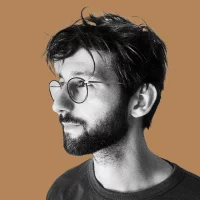Innovation
Award
This Yellow Glyphosate Map Reveals Where Farmers in the Netherlands Spray the Controversial Herbicide
This piece in 1 minute
What’s the news?
- Every year, farmers in the Netherlands spray some 42,000 hectares of land with glyphosate or similar herbicides.
- Glyphosate is used in 108 groundwater protection areas and near 96 protected Natura 2000 areas and 176 primary schools. About 700,000 Dutch people live within 250 metres of a sprayed field.
Why is this important?
- Glyphosate is harmful to biodiversity and possibly also to humans. Researchers are examining the link between glyphosate and diseases like cancer and Parkinson’s.
- The National Institute for Public Health and the Environment (RIVM) recommended better monitoring of pesticide use back in 2019, but this has not been done so far. FTM has mapped glyphosate use for the first time, together with seven regional media partners.
How was this researched?
- Fields sprayed with glyphosate turn yellow. FTM used satellite photos from the European Space Agency (ESA) and built an algorithm to detect such fields.
- FTM then combined this glyphosate map with maps of groundwater protection areas, nature reserves, and protected waters, as well as with the locations of all primary schools and some 30,000 playgrounds in the Netherlands.
- The full methodology of this research can be found at the bottom of the article.
This project is best experienced on the original project website, accessible here. The full text can also be read below.
Every spring, swathes of the Dutch countryside suddenly turn yellow and orange. Farmers then spray their fields and meadows with glyphosate to clear them and sow new crops.
Glyphosate is the active ingredient in Roundup, the world’s most popular weed killer, sold in a green bottle with a yellow cap. The drug generated sales of 1.3 billion euros for manufacturer Bayer in the first half of 2024, representing 6 per cent of the company’s total sales.
Roundup is also among the best-selling plant protection products in the Netherlands. Arable farmers are major users in the country: they account for 51 per cent of all Dutch glyphosate use, followed by dairy farmers (10 per cent) and bulb growers (7 per cent). Nine in 10 arable farmers use the pesticide. Among dairy farmers, it is about half.
But the pesticide is also controversial. Glyphosate has been found to harm biodiversity and soil and water quality, and it is associated with an increased risk of cancer and Parkinson’s.
The fact that many Dutch fields and meadows turn yellow in spring because of glyphosate use has long been known. But where it is sprayed and in what quantities are unclear, as are the risks to the environment and the threat to people’s health.
Consequently, the glyphosate debate is mainly based on anecdotal evidence.
On the animal spotting website Waarneming.nl, people in the Netherlands can report yellowed glyphosate fields under a separate category. Between 2020 and 2024, the number of annual reports doubled, although they are unverified.
The Democrats 66 (D66) party in 2022 called for photos of those yellow fields not only to be uploaded on the website but also to be sent directly to the country’s agriculture minister.
Caroline van der Plas, the founder and leader of the Farmer-Citizens Movement (BBB) characterised that plan as a “witch hunt”. Farmers’ organisation LTO Nederland was slightly more diplomatic, advising its members to dig up the yellow glyphosate fields to avoid “criticism from society”.
Following an adopted motion by D66, GroenLinks (Green Left) and Partij voor de Dieren (Party for the Animals), former agriculture minister Piet Adema promised in October 2023 to ban the “spraying to death” of fields by 2025.
Adema’s successor, Femke Wiersma (BBB), told Follow the Money last year that she was considering whether to adopt Adema’s “death spray” ban. However, during a debate on the issue in parliament’s lower house last November, Wiersma said that more research was needed before any ban could be issued.
Seen from space
The science is not yet clear on exactly where all the glyphosate sprayed on fields ends up. Back in 2019, the RIVM recommended mapping that out, followed by the Health Council of the Netherlands in 2020. So far, those recommendations have not been followed.
But the pesticide’s striking yellow hue means these sprayed fields are visible from space.
Using satellite images from the ESA, Follow the Money, together with seven regional media outlets, managed to obtain a view of all yellowed fields from the spring of 2020 – a relatively cloudless spring – in the Netherlands.
The research design allowed fields that had turned yellow due to other causes (e.g. drought or ploughing) to be excluded.
Because glyphosate adheres well to soil particles, the pesticide remains present in the environment for years – even if farmers have long since stopped spraying.
Violette Geissen is a professor at Wageningen University & Research (WUR) and leads a European research project on the effects of pesticides on nature and public health.
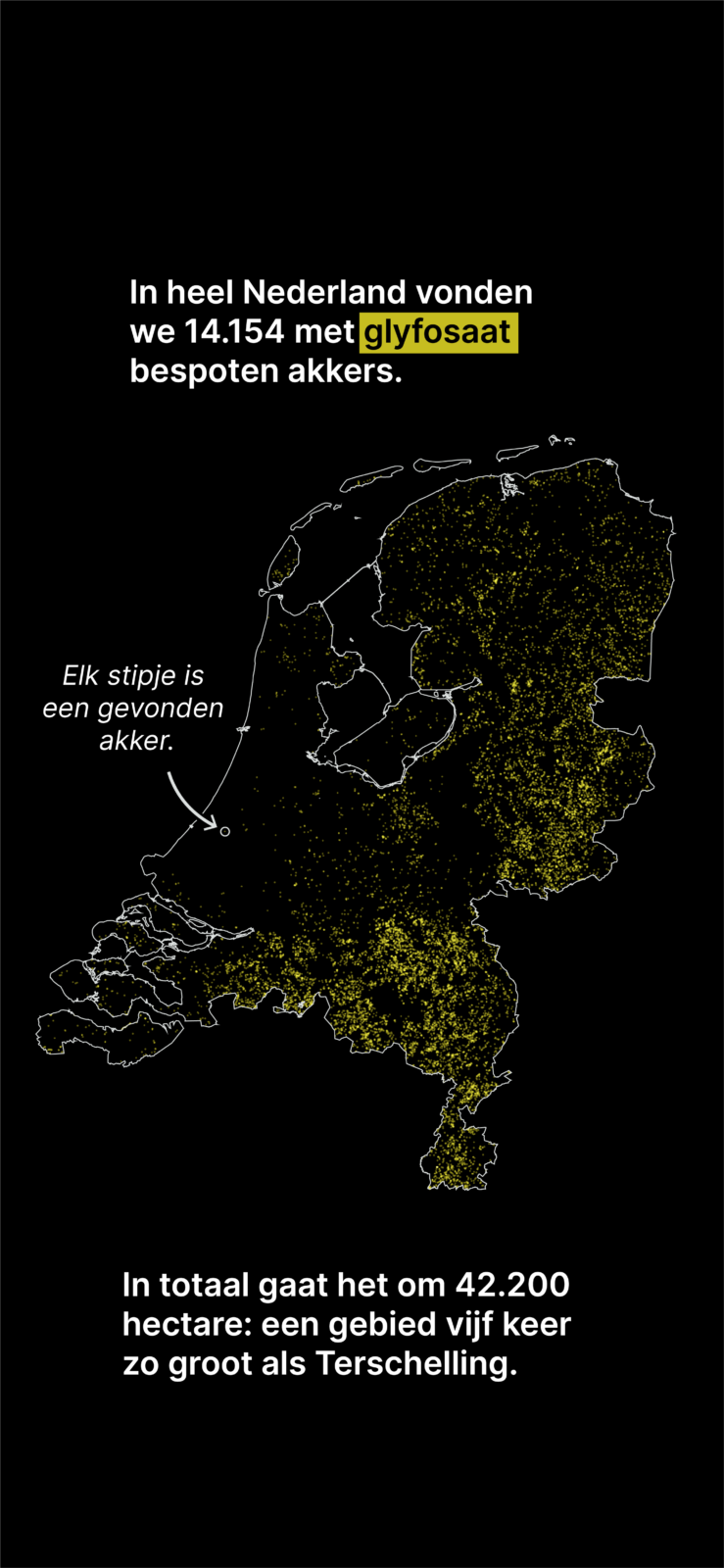
“When glyphosate comes out of the sprayer, some is carried away with the wind,” she said. “Most of that settles down within 250 metres. But then another gust of wind can carry it even further. In addition, glyphosate can bind to fine soil particles and house dust that can get everywhere via higher air layers,” she added.
Spray ban on leased land
Since 2020, eight Dutch provinces have banned the spraying of glyphosate on land that is leased to farmers. Of the fields that were sprayed in 2020, up to 5.2 per cent are now subject to a spraying ban, Follow the Money calculated.
Several other municipalities have introduced spraying bans since then. A ban has also been in place on land leased by the State Forestry Commission for some time.
In the summer of 2023, then outgoing Minister of the Interior Hugo de Jonge announced that a spraying ban would also apply to land owned by the National Forestry Service “under further conditions”. This covers about 0.2 per cent of agricultural land in the Netherlands.
A spokesperson for the National Forestry Service (RVB) said the ban applies to liberalised leases. “Annually, the RVB issues approximately between 600 and 750 hectares of land where this glyphosate ban will apply,” the spokesperson said.
Playgrounds and primary schools
What exactly are the effects of all that glyphosate?
Scientists have long suspected a link between glyphosate and a variety of diseases. France, for instance, now recognises Parkinson’s as an occupational disease among farmers.
It is “probably carcinogenic” according to the International Agency for Research on Cancer (IARC). There is some debate about that classification, as it also applies to talcum powder and even hot tea. Nevertheless, US producer Bayer has already settled with cancer patients for billions of dollars.
In 2023, the Dutch television programme Zembla reported on the scientific shortcomings in the authorisation procedure for pesticides such as glyphosate: cancer risks were ultimately found to be systematically underestimated.
Children are particularly vulnerable to pesticide exposure, says Unicef. A 2022 study found that one in 12 Dutch children is exposed to high levels of pesticide pollution. In another European study from 2021, at least one pesticide was found on almost all playgrounds analysed. Follow the Money found at least 176 primary schools in the Netherlands where glyphosate was used within a radius of 250 metres. At 1,874 schools, this was the case at a distance of less than a kilometre.
Yellow fields also turn up near playgrounds. At 490 playgrounds within 250 metres, and at 5,437 within a kilometre, according to Follow the Money’s calculations
Lazy worms and dying bees
The health risks of glyphosate to humans are still the subject of much debate. However, there is scientific consensus that glyphosate harms biodiversity.
Bees find it harder to make their way home, photosynthesis in willows deteriorates, earthworms become heavier and less active, and the growth of fungi is hindered.
A judge in the northern Dutch city of Leeuwarden ruled last year that lily growers – who use a lot of pesticides on their land – near Natura 2000 areas may have to obtain a nature licence to use plant protection products such as pesticides. Farmers’ organisation LTO Nederland fears that this ruling sets a precedent for all farmers near protected nature areas.
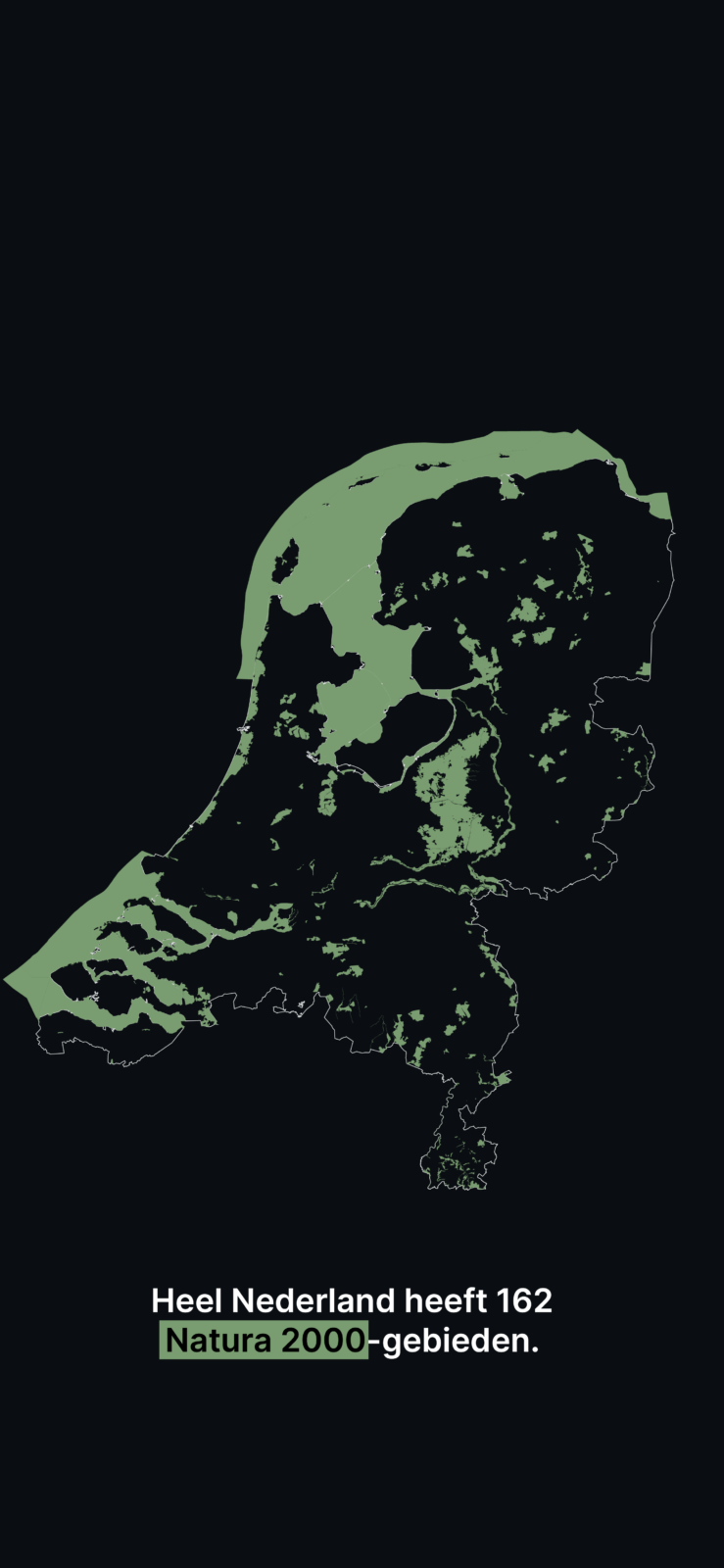
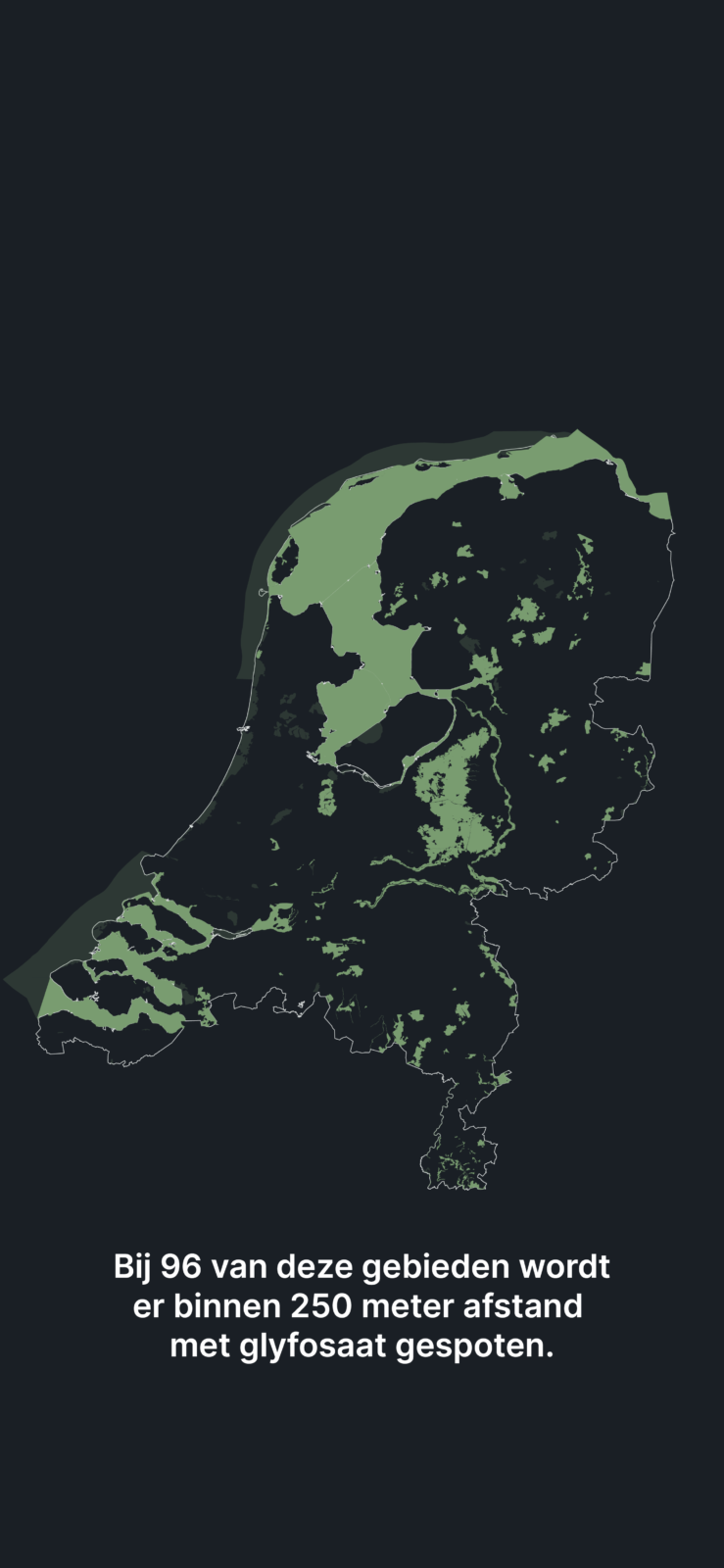
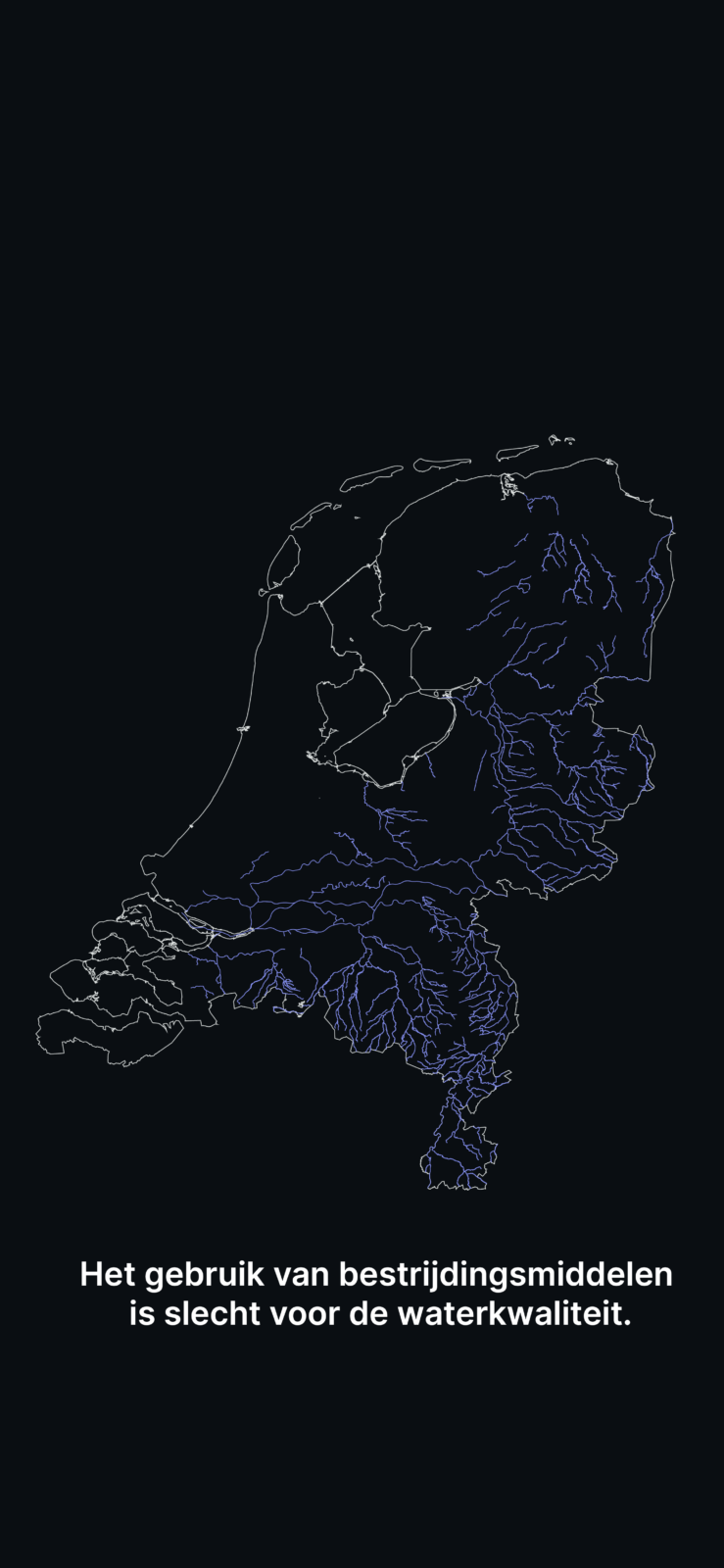
More expensive drinking water
The Netherlands has agreed with Europe that 745 Dutch waters – from small fens and ditches to the Rhine and the Wadden Sea – should be in good chemical and ecological condition by 2027.
In 2021, none of the water bodies met this requirement, partly because of excess pesticides. Things will not be much different in 2027, according to the Netherlands Environmental Assessment Agency (PBL) and the Council for the Environment and Infrastructure (RLI).
The RLI therefore called on the Ministry of Infrastructure and Water Management to tighten the rules on plant protection products.
Drinking water companies have long warned that pesticides threaten supply to the Dutch public. In 2022, no limit in the Rhine was exceeded more often than that for aminomethylphosphonic acid (AMPA), a breakdown product of glyphosate.
According to Vewin, the national association of water companies in the Netherlands, too many pesticides are found in “almost all surface water catchments and in part of groundwater catchments”.
A spokesman for Vewin said that between 2018 and 2022, glyphosate was found above the limits in “almost all surface water where drinking water is extracted”. Glyphosate was sprayed in 108 groundwater protection areas in 2020, satellite images show.
To prevent the pesticide from polluting drinking water, the supply must be treated – and that costs a lot of money, although Vewin cannot say how much.
“We have to pass those costs back to the customer,” the Vewin spokesperson said.
Take the eastern province of Overijssel, for example. There are 24 groundwater protection areas there, and glyphosate has been sprayed in 20 of them.
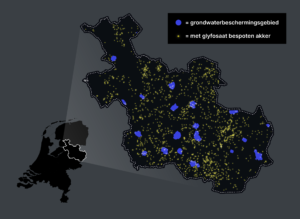
A necessary evil
Because of concerns about the safety of glyphosate, previous agriculture minister Piet Adema abstained from voting in 2023 during a European discussion on a renewed authorisation of the pesticide.
Investigations by Zembla revealed that Adema had actually wanted to vote against the measure, but was stopped by coalition partner Mark Harbers of the People’s Party for Freedom and Democracy (VVD).
Partly because of Adema’s abstention, the vote collapsed as member states did not reach a qualified majority to renew or reject the approval. Ultimately, the European Commission had to make a decision, and adopted a 10-year renewal of the approval.
In 2023, the Ministry of Agriculture, Nature and Food Quality (LNV) asked WUR to investigate alternatives to glyphosate.
The researchers concluded that while these were “mostly” available, glyphosate was “agriculturally and economically” better. Also, the alternatives would not necessarily be better for humans, environment, soil and climate. The researchers therefore described glyphosate as a “necessary evil”.
In November, Wiersma, the agriculture minister, sent a new WUR report to parliament. This found that for many applications – including the spraying to death of grassland and certain fields – alternatives do exist and that “the use of glyphosate is not necessary in many cases”. The minister wrote to the lower house that a response to the report would be forthcoming “soon”.
Bayer, the owner of Roundup, is working on an alternative to be launched on the market in 2028. The company hopes this new product will generate annual sales of 750 million euros.
So farming without glyphosate does exist. Organic arable and dairy farmers do not use chemical pesticides at all – but that also translates into lower yields per hectare. However, organic farmers are in the minority: accounting for only 4 per cent of all arable farms.
For now, glyphosate is likely to remain one of the most popular herbicides on the market. That means a “blanket of agricultural toxins” will still hang over the Netherlands, according to Violette Geissen, a professor of soil degradation and land management at WUR.
She is therefore not surprised by Follow the Money’s findings. Wherever in the Netherlands you vacuum, you will find pesticides in the hoover bag, explained Geissen.
“As long as the current form of intensive agriculture persists, there is no need to be under the illusion that you can protect nature reserves or children. The Netherlands is simply too small for that.”
Response from LTO Netherlands
LTO Nederland said in November: “LTO published a press release … in response to the attention that crop protection products are receiving at the moment. We have decided to stick to this message for now and not to go into individual questions any further.”
Methodology
This research was initiated by Follow the Money, in cooperation with seven regional media, each of which delved into their own region: RTV Drenthe, NH Nieuws, De Gelderlander, RTV Rijnmond, Omroep Zeeland, De Limburger and De Onderzoeksredactie Brabant (BN DeStem, Brabants Dagblad, Eindhovens Dagblad).
For this research, we used several datasets, including sets of cultivated crops, satellite data from ESA, and spatial datasets containing information on aspects such as the location of natural areas, primary schools and playgrounds.
To rule out that fields did not turn yellow due to drought, we used two scientific studies that investigated yellowing caused by glyphosate.
The full technical justification can be found here. The Python code is published on GitHub.
Follow the Money spoke at length with Arno Timmer of WUR about the methodology. Gerard Heuvelink and Lammert Kooistra of the WUR were also consulted.
- Ties Joosten – Leading Editor
- Robbert Hak – Editor
- Dimitri Tokmetzis – Technical Editor
- Leon de Korte – Illustrator
- Lisa Klaverstijn – Image Editor
- Rien Kort (RTV Drenthe)- Regional Editor
- Trix Pieterse (NH Nieuws) – Regional Editor
- Albert Heller (De Gelderlander) – Regional Editor
- Vincent Janssen (De Limburger) – Regional Editor
- Merlijn van Dijk (Eindhovens Dagblad) – Regional Editor
- Paul Driessen (Brabants Dagblad) – Regional Editor
- Koen Freijssen (RTV Rijnmond) – Regional Editor
- Hanneke Terlingen (RTV Rijnmond) – Regional Editor

